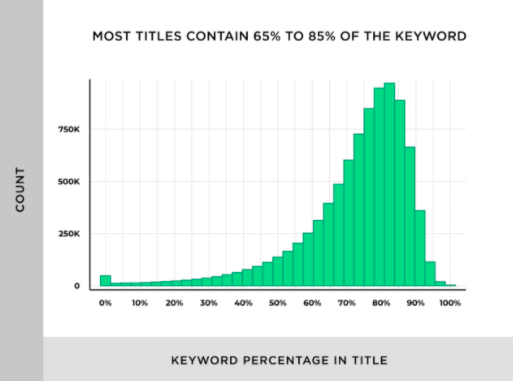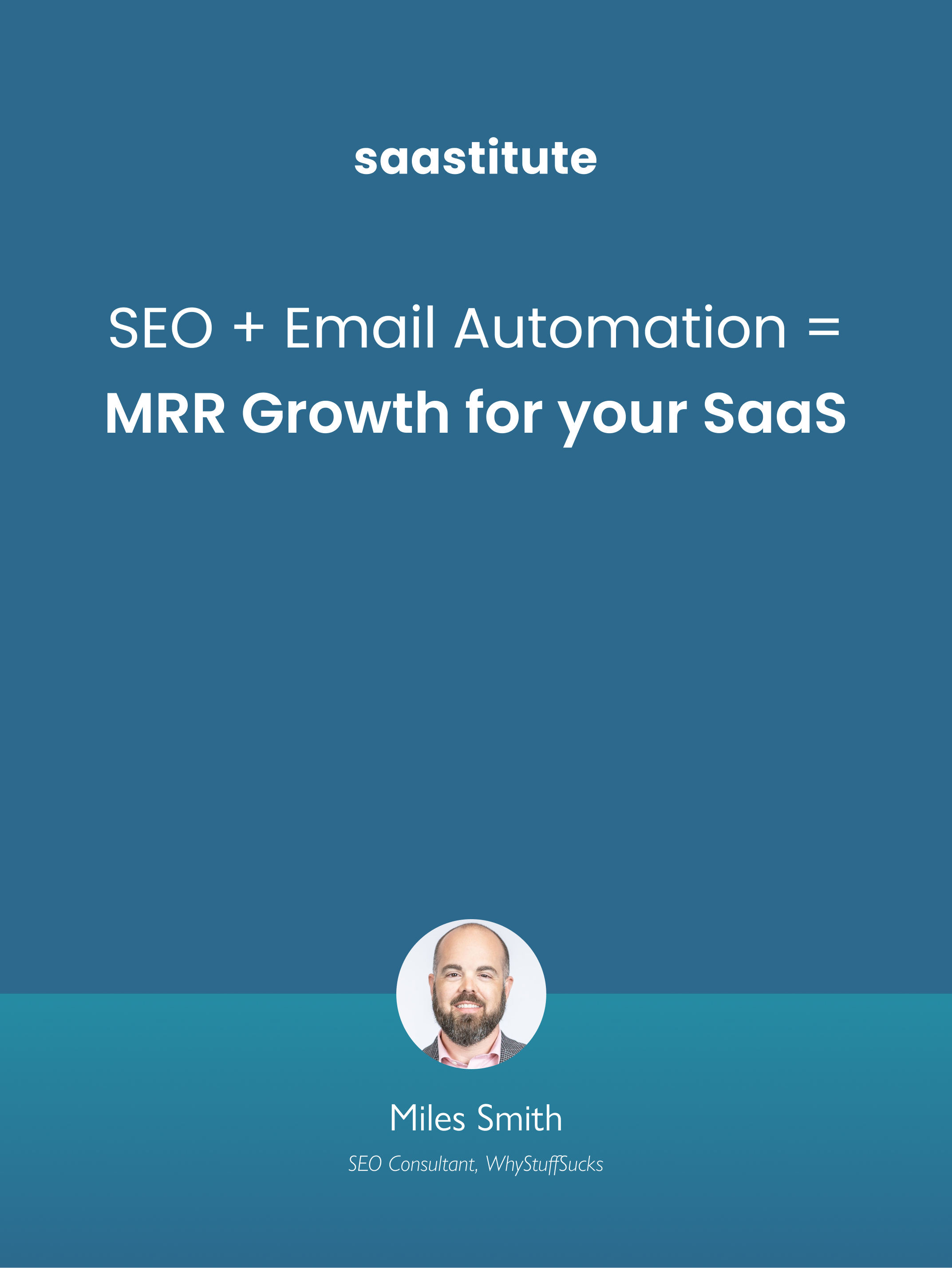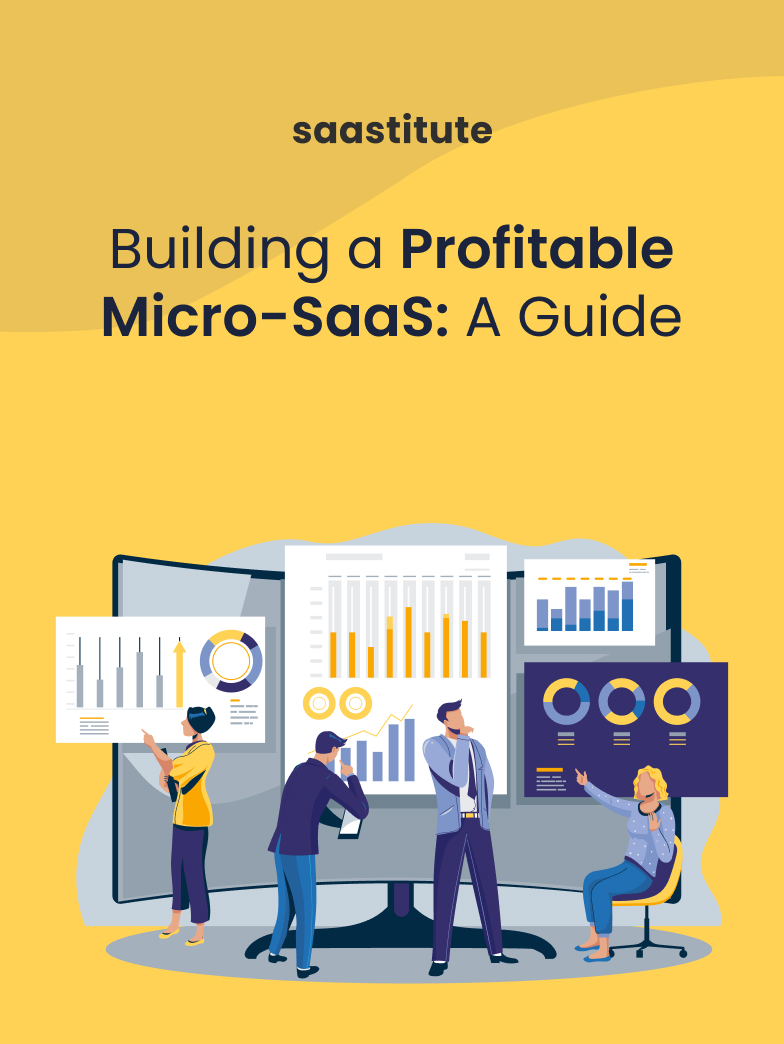How to Optimize Your Landing Page for Better SEO Ranking
A poorly optimized landing page can affect your search engine ranking and in turn, affect how many leads you get. Here are some landing page optimization tips to rank better on a search page.

According to Earnest Agency, 81% of purchase cycles start with a web search. This makes it critical to rank at the top of a search page as it is a great way to generate more traffic to your landing page and in turn, grow your brand. If you look up some popular SaaS brands, they all have a strong search engine presence, usually taking up the top 3 or 4 search results. Landing page optimization is essential to make this possible.
Here are some reasons why you need to optimize your landing page:
- Creates a favourable first impression.
- Shows the brand’s value over the competitors.
- Shows the brand’s purpose and help’s generate better-suited leads.
- Points the visitors in the right direction for any information they might need.
Landing Page Optimization Best Practices
Here are some landing page optimization practices to rank better on a search page:
Find the keywords for you
A study conducted Find the keyword that best suits your purpose through keyword research. These could be brand-related (company/product name), product-related (product category or description) and service-related (product features/functionality).
PS: Find your “search result competition” through your keyword and take a look at their landing pages. Check for crucial and repeated keywords.
Check for title tags and meta descriptions
Web crawlers check page titles and meta descriptions to index content from all over the net. This makes it important to include primary keywords in the title tags and a small summary in the meta description.

According to backlinko, most H1 tags contain 60-80% of the keywords. Try to include these keywords in your H1 tag, meta tags and URL to rank better.
When these two components are rich with relevant keywords and information, it makes the crawler’s job easier and helps your page rank higher up.
PS: Try Mangools’ Google SERP Simulator to preview your URL, title and description as it would appear on Google’s search page and better improve readability.
Place yourself in your prospect’s shoes
Stepping into the prospect’s shoes is a vital tool in marketing. Think of search phrases that your prospect would use. You’ll soon notice that they don’t use highly specific terms. They might search for something like “best enterprise accounting software enterprise” or “safest vpn service”. Try to use real-world search terms and layman language on your page to increase relevance.
Optimize for featured snippets

A featured snippet is the small box of information you sometimes see above the first search result. A study by Ahrefs has shown that featured snippets get ~8.6% of the clicks, whereas the page below the snippet gets ~19.6% of the clicks. That’s a lot of clicks to be missing out.
Include questions in the H2 tags and have a short answer below it either in the form of a bullet/numbered list or a 50-60 word paragraph answering the same.
Add alt text to images
Crawlers can’t read images like it does titles and descriptions. This is where alt text comes in. This provides the crawler with relevant information as to what the image is. Alt text also appears where the image is supposed to if the image were to not load. Include keywords and short tags for the image to help index it better.
Look for backlink opportunities
Google loves it when multiple sites link back to your page. It is Google’s version of social proof as it is one of the three factors that Google looks at that affect search ranking. Backlinks from sites with a higher domain authority have more of an influence compared to linking from a thousand bad sites.
PS: Use Semrush’s Backlink Analytics to check your site’s backlinking stats.
Publish to a custom URL
Creating a custom URL for every landing page you have is one of the best practices for a landing page. This not only increases interlinking opportunities but also gives the page a small boost when the visitor searches for the keyword on the page.
<www.yoursite.com/xyz-product> is a better domain for the product page than <www.xyz-product.com> as this helps the visitors tie the product to the company through brand recognition.
Track the landing page metrics
Constantly and periodically track some important landing page metrics such as Views, Conversions, Click Through Ratio, Visitors to Contact Ratio, Average Time on Page and Bounce Rate to name a few. These metrics will give you insightful information as to what’s going right, and what’s going wrong.
PS: Google Analytics and Google Search Console give you most of what you need, but if you’re looking for something outside Google, try Open Web Analytics.
To wrap it up...
Ranking high up on a search page can only take you so far in terms of conversions. If your landing page is glitchy or gets the visitor confused, there’s a good chance that you’ll lose a lead. Here are some landing page mistakes that kill your conversions.














.svg)


